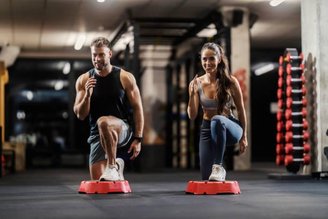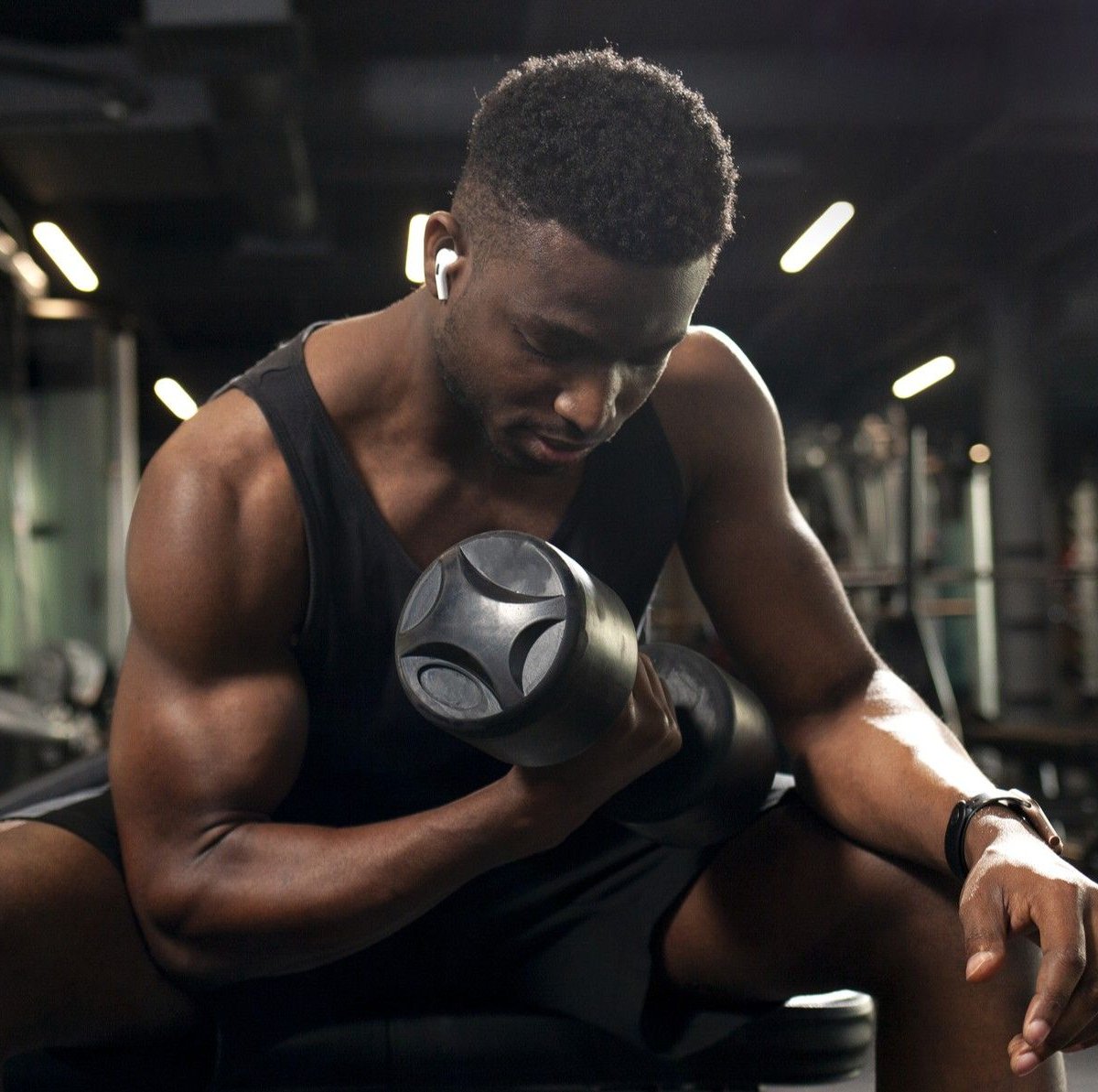This text was written by a TecMundo columnist; Learn more at the end.
In my 100th science column on TecMundo, I return to the origins of my work as a science communicator, when I started five years ago. Clarifying facts and myths about physical exercise based on science.
Undoubtedly, one of my biggest achievements during this process was writing this column weekly, which is an enjoyable activity in itself. Today we will discuss the 5 biggest myths about physical exercise that I have observed throughout my career.
The biggest myths about physical activity
1 – Stretching prevents injuries
When I was at school, the PE teacher did a series of stretches and everyone did the same before exercising. The unevaluated reproduction of this practice has been occurring for decades.
But it seems Stretching your muscles before exercise or sports does not protect us from possible injuries, according to a series of studies.
As knowledge progresses, we understand that injuries occur for different reasons and that if there is something we can do to slightly reduce the likelihood of injury, it is to strengthen the muscles, but not necessarily stretch them.
Stretch if you want to gain flexibility in certain positions or if you want to enjoy this type of exercise.
2 – Do “cute” workouts produce results?
One of the biggest paradigms broken in the field of bodybuilding in recent years was related to the repetition interval of muscle hypertrophy stimuli. In the past, we believed that muscles would grow if we stimulated them with sets of 8 to 12 repetitions, but today we know that we do not need such restrictions, because studies show that muscle growth occurs above 1 to 30 repetitions. , high and low loads are beneficial.
In practice, I recommend a mixed approach to strength training: start training with basic exercises (squat, bench press, press, among others), exploring strength (from 4 to 8 repetitions), move on to exercises with intermediate repetitions (from 8 to 12). reps) and finish with exercises with higher reps (over 12).

What they pejoratively call “cute training” on social media characterizes training with low loads, but in this case it is necessary to approach muscle failure to achieve hypertrophy similar to high loads, such an effort will probably not be “cute”. , but there is a lot of muscle fatigue, creating pain and physical discomfort.
If the focus is on gaining strength, it is clear that high loads are necessary to develop this capacity. Personalized guidance from a PE professional is recommended.
3 – Is there muscle identification training?
While searching the internet, we found workouts for muscle definition. There are not a few of them and they include different types of activities such as weight training, calisthenics, gymnastics, HIIT and others. This is a strategy that attracts public attention due to its attractive nature, but it is nothing more than sales marketing.
To clarify the problem, the logic is simple: The response of muscles to training is simple: produce strength and grow. Hypertrophy stimulated by strength training is the only way muscle gets bigger and bigger.

But after all, how can you make muscles more visible? First of all, we need to increase or maintain the amount of muscle mass. Second, you lose fat mass because fat accumulates in the subcutaneous tissue (under the skin).
If you don’t see your muscles as you would like, you may have too little muscle and too much fat on it. However, it is possible to improve both body tissues at the same time by exercising.
4 – Muscles and fat: Can exercise improve both at the same time?
The idea of burning fat first and building muscle second, or vice versa, is a myth. This process can occur simultaneously and is called body restructuring. The issues considered essential for the process are: Strength training combined with nutritional strategies that target a calorie deficit in addition to adequate protein intake.
Nutritionist guidance is important. Physical exercise has the capacity to simultaneously promote stimuli for weight loss and muscle hypertrophy.
5 – Do abdominal exercises burn belly fat?
The most important work of my work as a scientific popularizer was a published book on “Facts and Myths” about physical exercise, soon to be revised and updated in its 2nd edition. The first chapter was devoted to answering this question.
When we looked at studies that tested people doing abdominal exercises and controlling fat in the abdominal area, we did not observe a direct relationship with the reduction of fat tissue there. It is clear that localized exercises do not burn localized fat.
The popular belief regarding spot fat reduction with spot exercises likely stems from delusional thinking and marketing strategies with influencers seeking greater popularity and procedure sellers interested in increasing publicity.
“Science is the willingness to accept facts even if they go against desires.” -B.F. Skinner.
***
Fábio Dominski He holds a PhD in Human Movement Sciences and a degree in Physical Education from Santa Catarina State University (UDESC). He is a university professor and researcher at the Laboratory of Sport and Exercise Psychology (LAPE/UDESC). he does scientific dissemination on social media and in podcast available on Spotify. Author of Physical Exercise and Science – Facts and Myths.
Source: Tec Mundo
I’m Blaine Morgan, an experienced journalist and writer with over 8 years of experience in the tech industry. My expertise lies in writing about technology news and trends, covering everything from cutting-edge gadgets to emerging software developments. I’ve written for several leading publications including Gadget Onus where I am an author.













